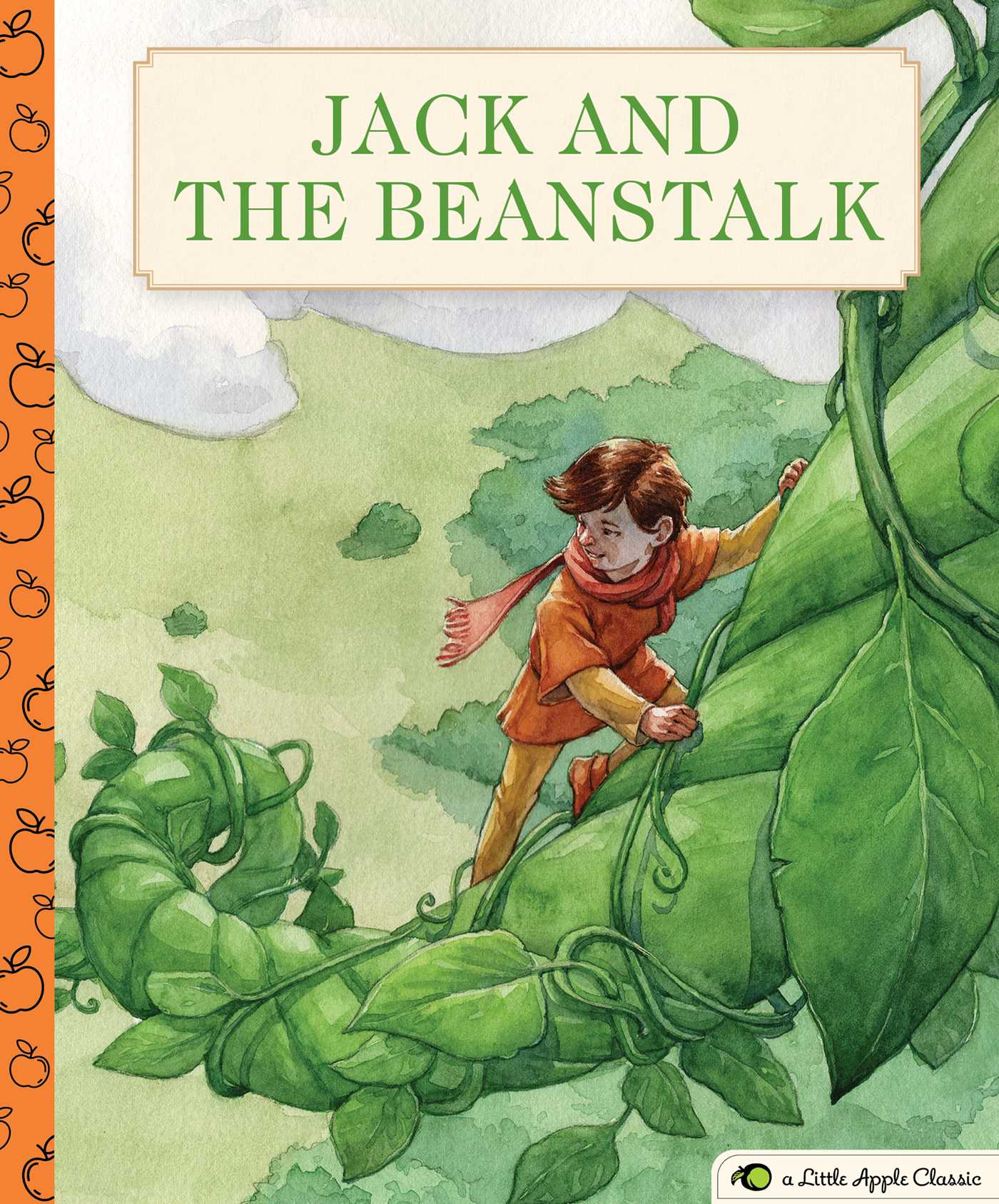This week has been such a head-spinning event that I decided to balance the books today so I can get a grip on where things are.
I had been trying to increase my equity exposure from 23% to 40% before the toilet was flushed. I had been buying what seemed to be beaten down tech growth stocks and soon discovered that they were just warming up for their price dump.
I have a couple that I think are good for long term holding and I have been adding to those and also adding SPY and VTI for a more sensible equity exposure.
That said, despite the crashing I have managed to increase my equity allocation to 32%.
Measuring the bleeding I came up with the following:
Year to date, down 15%.
From my all time high, down 20%.
From my total on the day I FIRED in August 2016, down 2%.
My original "back of the napkin" retirement spreadsheet had factored in a 15% drop in my portfolio in the first month of retirement. So I guess I have some wiggle room. Plus it has already been 5 3/4 years into retirement.
At this point, I am pretty satiated on catching the falling knives, so I probably will wind down my "buying the dip" and just slowly DCA into SPY and VTI.
However, while I know you should evaluate the percentage of loss, I still take a look at the total dollars lost and think of how many hours of w*rk that took to earn them.
I had been trying to increase my equity exposure from 23% to 40% before the toilet was flushed. I had been buying what seemed to be beaten down tech growth stocks and soon discovered that they were just warming up for their price dump.
I have a couple that I think are good for long term holding and I have been adding to those and also adding SPY and VTI for a more sensible equity exposure.
That said, despite the crashing I have managed to increase my equity allocation to 32%.
Measuring the bleeding I came up with the following:
Year to date, down 15%.
From my all time high, down 20%.
From my total on the day I FIRED in August 2016, down 2%.
My original "back of the napkin" retirement spreadsheet had factored in a 15% drop in my portfolio in the first month of retirement. So I guess I have some wiggle room. Plus it has already been 5 3/4 years into retirement.
At this point, I am pretty satiated on catching the falling knives, so I probably will wind down my "buying the dip" and just slowly DCA into SPY and VTI.
However, while I know you should evaluate the percentage of loss, I still take a look at the total dollars lost and think of how many hours of w*rk that took to earn them.

